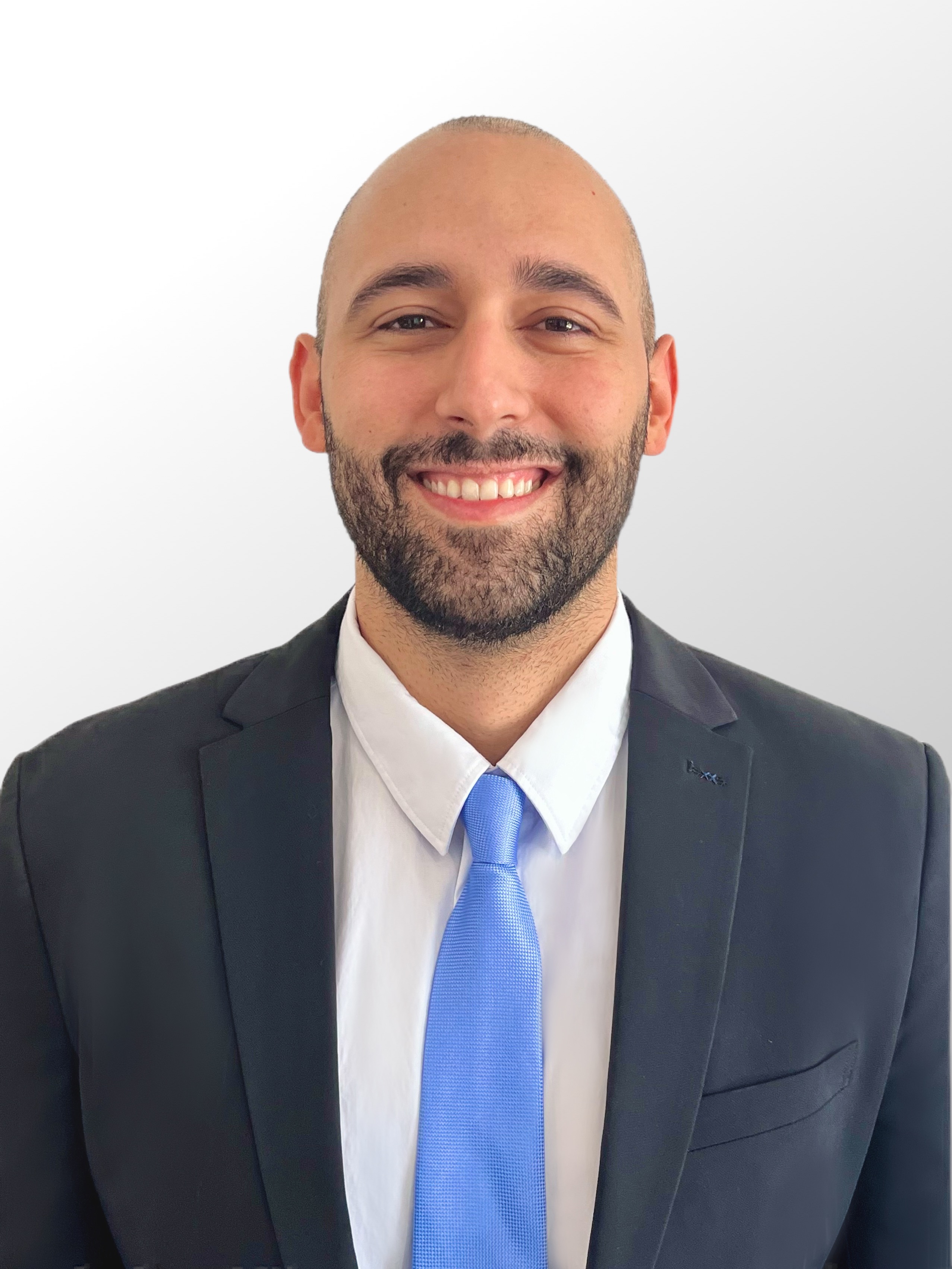Assessment of Clinical Outcomes
(TC46) Case report of a two rooted left maxillary lateral incisor

Binh Ho, D.D.S.
Endodontics resident
Nova Southeastern University College of Dental Medicine
Davie, Florida, United States
Brian Sampayo, D.M.D.
Endodontic resident at Nova Southeastern University
Nova Southeastern University College of Dental Medicine
Lauderhill, Florida, United States
Presenter(s)
Case report of a two rooted left maxillary lateral incisor
B. Sampayo, B. Ho, C. Mendez, A. Rodas, Y. Benjamin
Nova Southeastern University College Dental Medicine, Department of Endodontics, Davie, FL
Based on the literature Maxillary lateral incisors present as a single rooted tooth with a single canal. Variations such as two-rooted configurations are rare but when present, can create treatment challenges. Preoperative CBCT imaging is essential for detecting and managing these variations, offering a three-dimensional view for predictable diagnosis, planning, and management. 39-year-old female patient consulted in 2022 with persistent pain and swelling in the left maxillary lateral incisor (#10) following initial endodontic therapy in 2019. Clinically, gingival inflammation and bleeding on probing were observed, with periodontal pocketing. Radiographic evaluation revealed mid-root rarefaction. CBCT acquired for evaluation of tooth #10 revealing a second root. Further evaluation revealed iatrogenic perforation secondary to fiber post placement during restorative phase of initial treatment and due to the presence of unaddressed buccal second canal. Patient and provider agreed to move forward with surgical retrograde retreatment. The surgical approach led to successful management of this case while preserving esthetics and function.
Endodontic treatment of a two-rooted lateral incisor can be successfully managed with precise diagnostics, such as CBCT imaging, to guide treatment planning. Surgical intervention proved effective, with periodic follow-ups crucial to ensuring stable, long-term outcomes. This case highlights the value of advanced imaging techniques and understanding the anatomical variations of each tooth to ensure tailored treatment planning in managing anatomically complex endodontic cases.

.png)
.png)
.png)
.png)